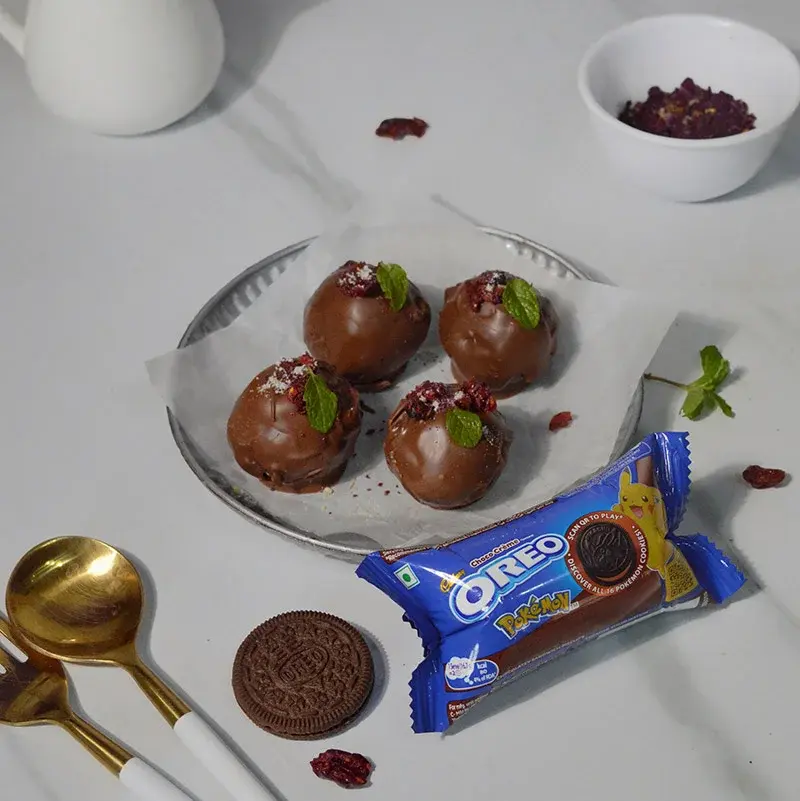- Home
- Articles
- 7 Indonesian Kue or Desserts that Should Be on Your Foodie Bucket ListThe Next Time You Visit Indonesia
Indonesian desserts are a simple affair and feature mostly coconut, palm sugar and pandan leaves that impart a vibrant green color to the desserts. Desserts in Indonesia are often bite-sized and quite savory depending on the treat you choose.

Indonesian desserts are a simple affair and feature mostly coconut, palm sugar and pandan leaves that impart a vibrant green color to the desserts. Desserts in Indonesia are often bite-sized and quite savory depending on the treat you choose.
Known for its palm sugar crop, coconut and rice, Indonesia has some unique desserts and some a spin-off of the classic rice desserts, which take the form of kue or bite-sized snacky desserts. Green is the predominant color in most of Indonesia’s sweets and desserts ranging from humble kues that have simple ingredients to more elaborate ones like cendol that is visually more striking.
Swinging palm trees, verdant paddy fields and sunny beaches are aplenty (hint: Bali), as is the city with its skyscrapers, and nothing will ground you better than these Indonesian desserts that might be simple, but not too sweet and appetizing.
1. Cendol

This is a widely known dessert from the country. It is an iced dessert featuring green rice flour jelly as the base, with palm sugar syrup and coconut milk. Depending on where you get it, the topping tends to differ, and ranges from red beans, grass jelly, creamed corn, different kinds of glutinous rice, and as of lately durin and ice cream. While it’s Malaysia’s national dish, cendol enjoys immense popularity in Indonesia as well for its light and refreshing taste.
2. Pai Susu Bali
These are Balinian milk tarts that have a custard center nestled in the biscuit-like tart shell. Pai Susu Bali pies are commonly round or oval in shape, and depending on the ingredients used, they range from being green to the typical yellow. The filling is thick and creamy white from the condensed milk. Sometimes vanilla is added to the milk for more flavor. This dessert is very popular in Bali and is considered a specialty of the island. It can be found in many bakeries and restaurants there.
3. Pisang Goreng

Pisang Gorengs are banana fritters that are deep fried in palm oil, whether battered in flour, breadcrumbs, tapioca, or just sliced and fried as is. Commonly sold by street vendors, they are served with powdered sugar, or, with a generous serving of chocolate sauce. This delicacy is piping hot and caramelly with banana almost molten on the inside. The fried batter and almost liquefied interior make for a tasty no-fuss dessert.
4. Bika Ambon
This tapioca and coconut milk-based dessert has a honeycomb structure that is popularly known as golden cake. Tapioca or sago flour, wheat flour, coconut milk, sugar, eggs and dried yeast are the basic ingredients for this dessert. Being porous and with a golden brown crust, the bika ambon has a delightful appearance that is popular among locals and tourists alike. It is chewy and soft, and comes in different shapes—mostly square, oval and circular.
5. Kue Dadar Gulung
Dadar Gulung is another kind of Kue or bite-sized dessert that loosely translates to rolled omelet or rolled pancake (“dadar” meaning omelet/pancake, and “gulung” meaning to roll). They are often dyed green using pandan leaf juice, which gives them a distinct flavor and color. Dadar gulung is made from a batter of rice flour, water, and coconut milk, then they are pan-fried into thin, crepe-like rounds. The filling is made by cooking together grated coconut mixed with palm sugar or coconut sugar, which is thick and sticky. These are folded, rolled up into a cylinder shape with the filling inside, and then sold as street food.
6. Bingka Telur Pandan
Different parts of the world give the pandan leaves different names; in India, the same plant is called annapurna. These leaves are what give this dessert that unique vivid green color. Bingka Telur Pandan is a steamed cake-like dessert made using flour, sugar, eggs, coconut milk and the paste of the pandan leaves. Typically, this cake appears during Ramadan and is one of the dishes the locals eat to break their fast.
7. Klepon

This classic sweet rice ball dessert features molten palm sugar mixed with rice, and is rolled in a mixture of shredded coconut and one of the more popular kues. The trademark green color comes from the paste of the pandan leaves. They are traditionally sold during mornings and afternoons in Indonesian markets and sometimes they also come in pandan leaves artfully decorated to resemble a pocket holding the klepon. This dessert is chewy and infused with the sweetness of palm sugar, and the fleshy texture of fresh coconut meat, which makes for a simple but delightful treat.
More Like This
Popular Articles





Trending Web Stories
Curated Recipes
















